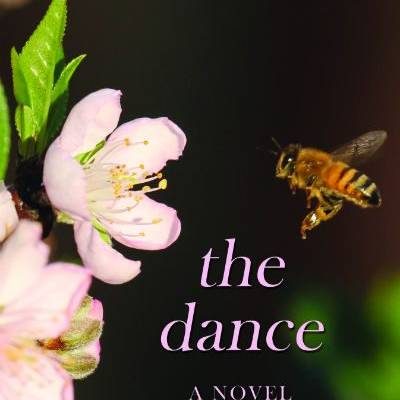 Ready yourself for an extraordinarily beautiful tale of fear and love.
Ready yourself for an extraordinarily beautiful tale of fear and love.
This book is the English translation of Garcia’s 2013 novel Elisa Frente al Mar, and I am thrilled that the work is now available to a wider audience as a result. It is a truly wonderful piece of story writing that deserves to be read by as many people as possible.
The story of this book centres around three women. Nuria narrates the tale in the first person. She is forty-three, and an out lesbian living in an unnamed small town in Spain. However, she hasn’t always been so proudly out, and that is one of the main themes of the story. Valeria is Nuria’s best friend. They have known each other since school. Valeria is wild, outspoken, and confident, all things that Nuria is not. Elisa is the girl that Nuria falls in love with at the tender age of fourteen, a love she believes has no possibility on earth of being reciprocated, until one momentous day when they are both eighteen.
The story of the three women’s lives is told in a series of flashbacks woven into the story of now. We start with Elisa and Nuria meet again after eighteen years’ separation. At first, we don’t know why they have remained so distant from each other all this time, but gradually, through flashbacks, the author reveals their story to us. It’s a familiar one-two young women find each other in love, but the pressures (real or perceived) of society’s inability to accept their relationship conspire to rip them apart.
While the story is somewhat familiar, the way it is written is not. This is extraordinarily beautiful writing. The words soar off the pages and wrap themselves in your mind until you are breathless with Garcia’s imagery and emotions. The translation is a little bumpy in places, but for me that only added to the charm of the prose. The story is pure lesbian angst, and in places, it is truly heartbreaking, but it is absolutely riveting. I read this book in one sitting, breathlessly turning the pages to delve deeper into the pain of both Nuria and Elisa, to learn how they’d progressed to where they are now, and to hear about the love and desire they have for each other that spanned decades.
Alongside the captivating love story is the story of Valeria and her troubled home life. In some books, this could be a distraction from the main story, but it is made clear that Valeria’s life and agonies have also played a significant role in shaping Nuria. As Nuria struggles to come to terms with how her personality has been influenced by both Elisa and Valeria, we come to understand all that she has denied herself over the years. It’s a painful journey she has undertaken, and the conclusion of the book is all the more satisfying as a result.
This is one of the best lesbian novels I have read in a very long time, and I hope it gets the attention it deserves now that it can be enjoyed by many more readers.






